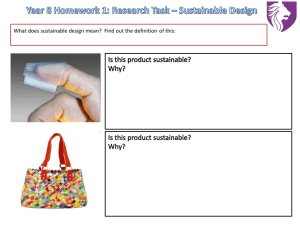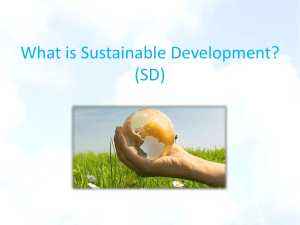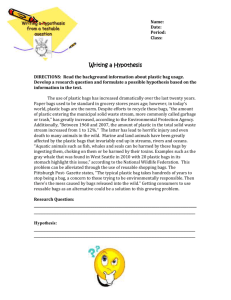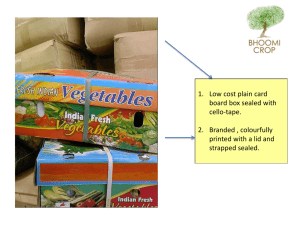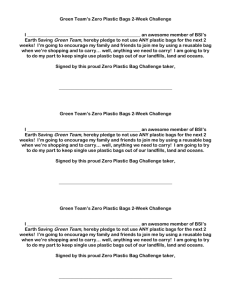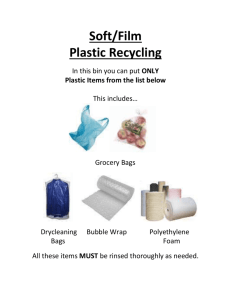File
advertisement
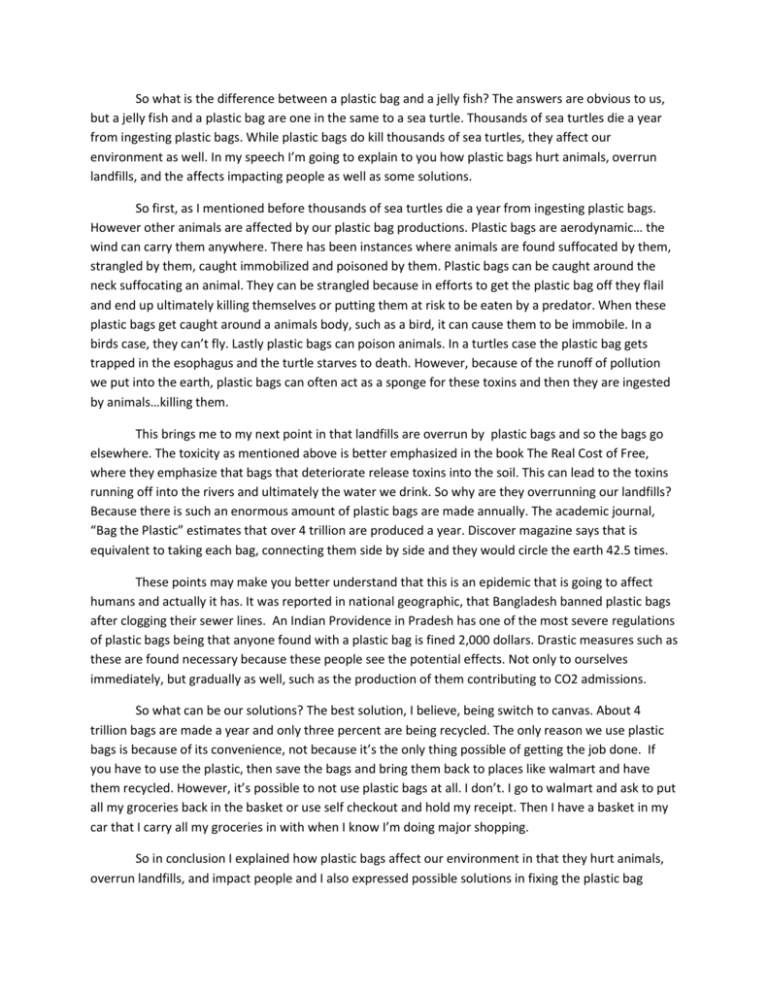
So what is the difference between a plastic bag and a jelly fish? The answers are obvious to us, but a jelly fish and a plastic bag are one in the same to a sea turtle. Thousands of sea turtles die a year from ingesting plastic bags. While plastic bags do kill thousands of sea turtles, they affect our environment as well. In my speech I’m going to explain to you how plastic bags hurt animals, overrun landfills, and the affects impacting people as well as some solutions. So first, as I mentioned before thousands of sea turtles die a year from ingesting plastic bags. However other animals are affected by our plastic bag productions. Plastic bags are aerodynamic… the wind can carry them anywhere. There has been instances where animals are found suffocated by them, strangled by them, caught immobilized and poisoned by them. Plastic bags can be caught around the neck suffocating an animal. They can be strangled because in efforts to get the plastic bag off they flail and end up ultimately killing themselves or putting them at risk to be eaten by a predator. When these plastic bags get caught around a animals body, such as a bird, it can cause them to be immobile. In a birds case, they can’t fly. Lastly plastic bags can poison animals. In a turtles case the plastic bag gets trapped in the esophagus and the turtle starves to death. However, because of the runoff of pollution we put into the earth, plastic bags can often act as a sponge for these toxins and then they are ingested by animals…killing them. This brings me to my next point in that landfills are overrun by plastic bags and so the bags go elsewhere. The toxicity as mentioned above is better emphasized in the book The Real Cost of Free, where they emphasize that bags that deteriorate release toxins into the soil. This can lead to the toxins running off into the rivers and ultimately the water we drink. So why are they overrunning our landfills? Because there is such an enormous amount of plastic bags are made annually. The academic journal, “Bag the Plastic” estimates that over 4 trillion are produced a year. Discover magazine says that is equivalent to taking each bag, connecting them side by side and they would circle the earth 42.5 times. These points may make you better understand that this is an epidemic that is going to affect humans and actually it has. It was reported in national geographic, that Bangladesh banned plastic bags after clogging their sewer lines. An Indian Providence in Pradesh has one of the most severe regulations of plastic bags being that anyone found with a plastic bag is fined 2,000 dollars. Drastic measures such as these are found necessary because these people see the potential effects. Not only to ourselves immediately, but gradually as well, such as the production of them contributing to CO2 admissions. So what can be our solutions? The best solution, I believe, being switch to canvas. About 4 trillion bags are made a year and only three percent are being recycled. The only reason we use plastic bags is because of its convenience, not because it’s the only thing possible of getting the job done. If you have to use the plastic, then save the bags and bring them back to places like walmart and have them recycled. However, it’s possible to not use plastic bags at all. I don’t. I go to walmart and ask to put all my groceries back in the basket or use self checkout and hold my receipt. Then I have a basket in my car that I carry all my groceries in with when I know I’m doing major shopping. So in conclusion I explained how plastic bags affect our environment in that they hurt animals, overrun landfills, and impact people and I also expressed possible solutions in fixing the plastic bag epidemic. Plastic bags can continue to harm the environment if we do not take incentive to reduce or halt plastic bag usage and production. However, no matter what we believe can be done, it is going to take each one of us individually to make an impact. So realize next time you pick up a plastic bag that is made for such a petty job, such as carrying your condiments, think, “Where will this bag end up?”


